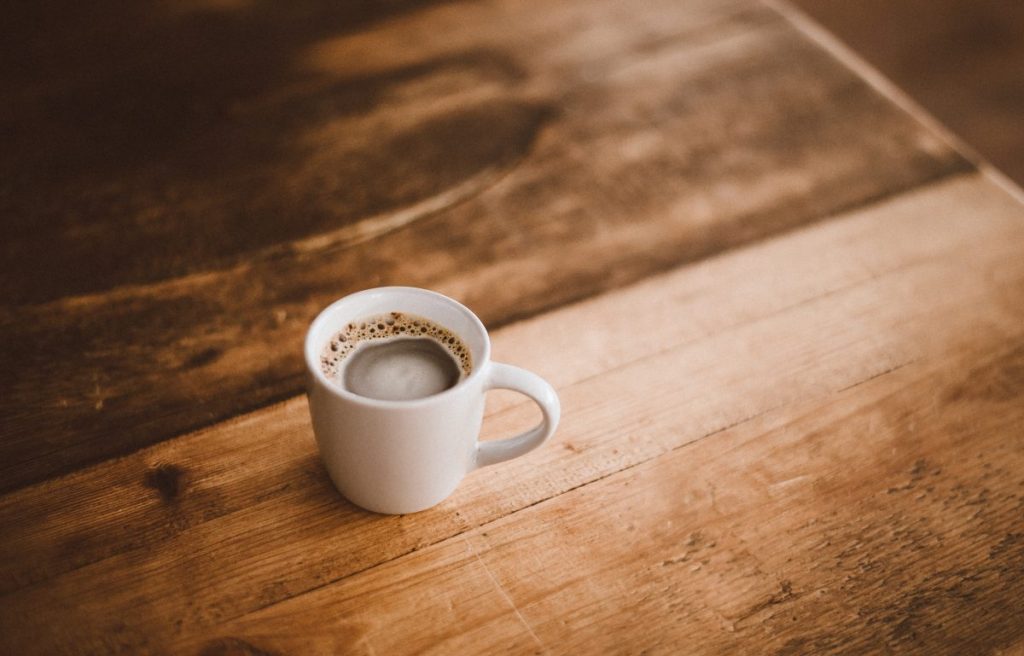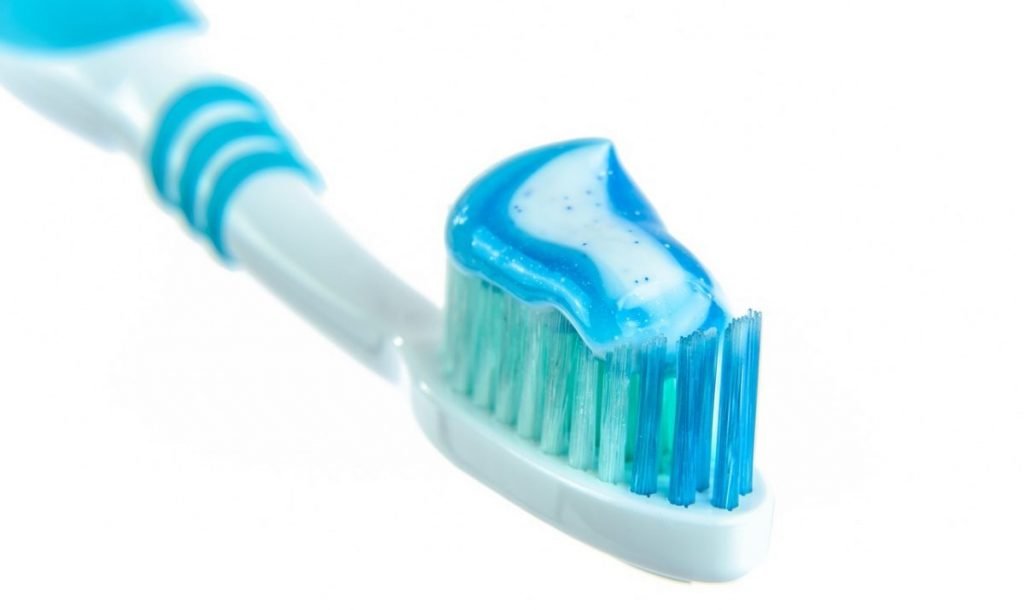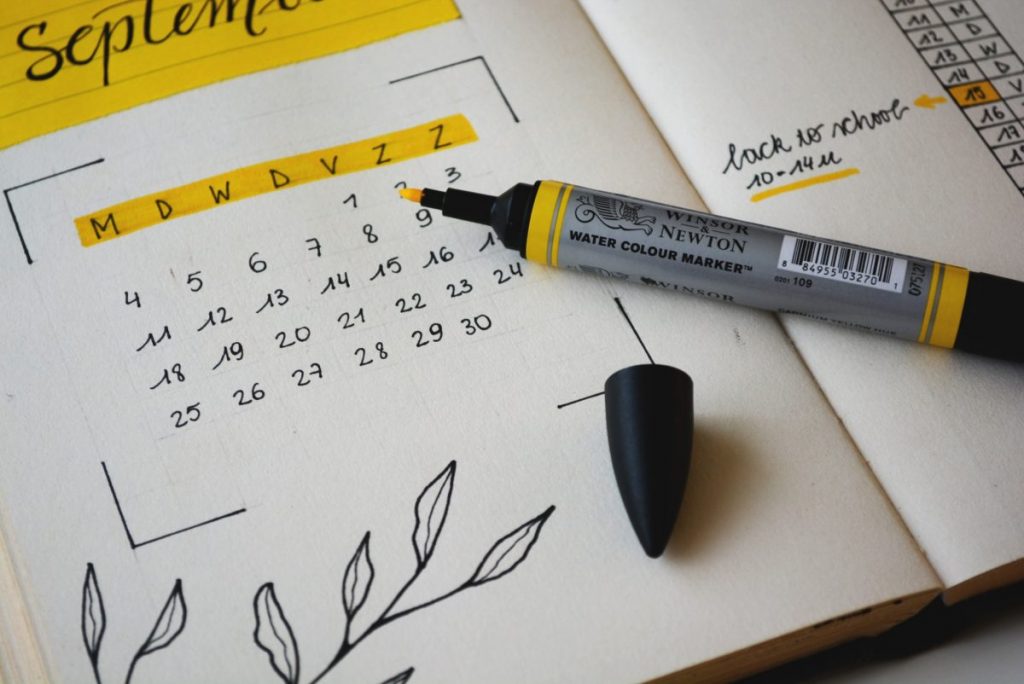Transforming Everyday Habits Into Mindfulness Practices (+ 5 Habits To Transform)
How’s your mindfulness practice going? Approaching monk like presence? Mind still wandering a lot? Either way, if you’re here, I’m sure you’re looking for ways to improve. Today I’m going to share a way for you to become more mindful without taking any extra time out of your day. No extra meditation sessions, no more time needed out of your day. The principle is so simple that you can even practice while drinking your tea.
Transforming Existing Habits
If you’ve read a bit about habit forming, you’ll already be familiar with the strategy of attaching new habits to existing ones. This is the basic idea here, but rather than attaching mindfulness to our habits, we’re actually going to be transforming the habits into mindfulness practices. This is an idea I came across a few years ago after reading Thich That Hanh (who seems like the most chill man alive), and has been hugely helpful in bringing present moment awareness from my meditation session to the rest of my day.
Creating Mindful Checkpoints & Triggers for Awareness
What we want to use are everyday habits that are spread throughout the day. This is to create a series of mindful checkpoints to keep us on course and develop consistency and continuity of practice. It’s easy to get swept up in the momentum of the day, becoming rushed and going from one task to the next without truly being present. Later, we come round when the day has come and gone, and realise we’ve only been “half-there”. We’ve been absently gliding through on autopilot, and we’ve missed much of the day without being sure where we’ve really been.
“Life moves pretty fast, if you don’t stop and look around once in a while, you could miss it.”
Ferris Bueller

Mr. Bueller, a wise man
By transforming existing habits into mini-meditations, we can sprinkle mindful moments throughout the day, using our checkpoints as triggers for awareness, calling us back to the present moment, and giving us a chance to choose where we put our attention.
The Basic Method To Turning Any Action Into A Practice
Totally focus your attention on what you are doing in the present moment. When your mind wanders or you realise that you’ve begun thinking, just bring your attention back to what you are doing. Focus on the sensations you feel in your body, what you can see, what you can hear. Keep your attention tuned in to your activity as best you can.
5 Habits To Turn Into Mindfulness Practices
Here are 5 everyday habits turned mindfulness practices, complete with cheesy alliterated titles to help you remember them.
1. Awakening Ablution: The Sensual Shower
Listen to the sound of the splashing water. Notice how the water landing on your skin feels; the temperature and pressure. Take in the smell of your shower gel. As you dry yourself, feel the rub and the texture of the towel against each part of your body as you dry it, scanning your body for sensation.
Bonus: Cognizant Cold Shower
If you find that in the shower your mind easily wanders off elsewhere, flip it to cold and see how quickly you are back in the room! As your natural inclination to tighten up kicks in, relax your shoulders, and breathe deep. Surrender to the cold! As well as being effective at bringing you into the present moment, cold showers have numerous other benefits and are a good way to build discipline and practice embracing discomfort.
2. Conscious Coffee: The First Sip Of The Day
Wrap your hands round the mug and feel the warmth of the coffee permeating out against your fingers. Get your nose in there and yes, smell the coffee. Take that first sip like you’re on death row and chose coffee as your last drink – its the last sip of coffee you’re ever gonna take. Taste that goodness.
Alternative: The Taoist Tea
Not a coffee person? Do it with a tea, or whatever your morning drink is.
3. Savor The Flavor: Mindful Mouthful
Choose one meal or snack in your day and make the first bite a mindful mouthful. Before you start eating, stop to think about where all the ingredients have come from and their journey to your plate. Look at the colours of the food and take on how it smells. Then, chew the first mouthful at least 10 times, taking the time to pay attention to the texture and flavour of the food. Enjoy.
Bonus: Mindful Meal
If you’re feeling ambitious, make it a full mindful meal. This will work best with a meal that you eat alone. Before you start, put your phone on airplane mode and put it face down. This will help stop your flickering mind from finding a distraction from your food. And don’t worry, the world will go on just fine without you for the course of a meal. Then, repeat as above, but making each and every bite a mindful mouthful.
4. Tuned In Toothbrushing
Just before you’re about to put the toothbrush in your mouth, stop. Take a deep breath and relax your shoulders. Now switch hands and brush your teeth with your left hand (or if you’re a leftie, your right hand). This will feel a little weird but the awkwardness will help to coerce you into being present with the act and make a normally unconscious act conscious. Focus on the task of brushing.
Extra: Using your opposite hand can be applied to many everyday tasks and can apparently help increase creativity and grow your brain. Give it a go, try stirring drinks and putting your key in the door with the opposite hand.
5. Receptive Rest
This is for when you’re ready to get your sleep.
Lie on your back and feel the weight of your body on the bed. Rest your hands on your stomach and feel them rise as you inhale, and fall as you exhale. Now you’re breathing from your diaphragm, begin to make the exhale longer than your inhale.
- Breathe in for a count of 2
- Hold for 1
- Breathe out for a count of 4
- Hold for a count of 1
Continue this for a few minutes.
Adjust the 4-1-6-1 ratio as you like, the only rule is that your exhale should be longer than your inhale.
The tummy rise and fall is to make sure you’re breathing from your diaphragm (a relaxed form of breathing that occurs in mammals during a state of relaxation), and making your exhale longer than your inhale has a physiological effect that calms your body – your heart rate drops, blood vessels relax – perfect for bed.
And… a bonus 6th one, as it doesn’t strictly qualify as transforming a habit – it’s a classic habit-attach. Still, too good for me not to include…
6. Desk Downtime
Visit this website when you arrive at your desk (or before you get up from it). A surprisingly effective way to give yourself a 2 minute breather and tune back into the present. Try setting it as your homepage so its the first thing you see when you switch on.
Create Your Own
These are just examples, but you get the idea. Be creative and make your own checkpoints by transforming other daily habits into opportunities for awareness.
Implement The Practices. One by One.
Daily habits can potentially act as cornerstones to bring you back to presence throughout the days that make up your life, so it’s worth taking the time to implement them as mindfulness practices. It’d be easy to try and take them all on at once, fail, and then give up altogether. Instead, I’d recommend installing them one at a time.
Choose one, for example showering, and really target this window of your day to make it as mindful as possible. Have ‘sensual shower’ on your to-do list every day. Leave a note on the shower nozzle to remind you. Fully dedicate the shower to mindfulness. After a few weeks, it should become second nature and you won’t need to have it on your to-do list to remember doing it. Congratulations, you’ve successfully installed a trigger for a mindful habit (though you will still need to practice the mindfulness during the activity).
Whilst continuing with your sensual showers, choose the next habit to install. Let’s go for conscious coffee. Now go about it with the same amount of effort: Have it on your to-do list, leave a post-it on your coffee mug etc. Stack your mindfulness practices this way and in a few months you will have a series of mindful checkpoints throughout your day.
Monthly Challenges
To make a game of it, choose a calendar month and make a mindfulness challenge. For example, March is going to be sensual shower month: “Every single shower I take in March, I will pay attention to my senses.” By April, you’ll be ready for conscious coffee month: “I will take that moment to make the first sip of the day a conscious one.”
That’s it. Good luck. I wish you many more mindful moments!













It’s nice to know that we can turn our everyday habits into mindful practices. It sounds fun and seems to be more effective for me. I will try to do this starting immediately.